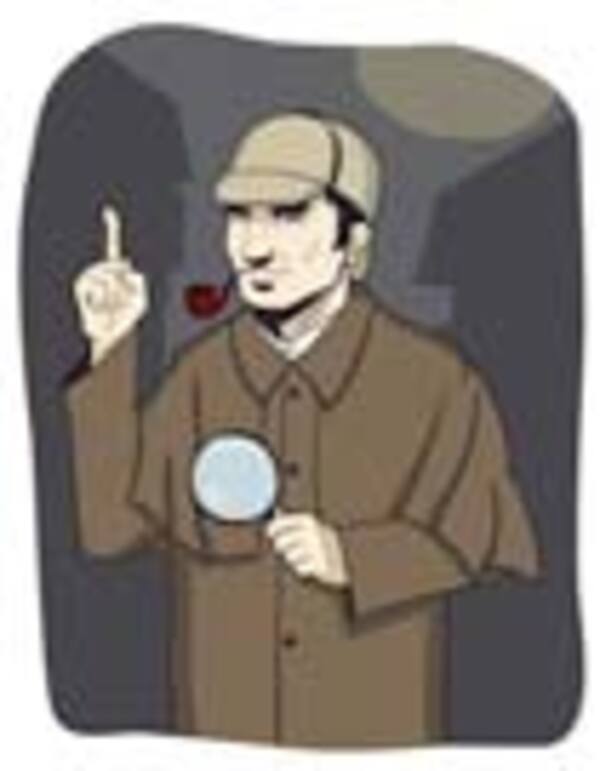
What I would like to discuss is something elementary that has been around a lot longer than Sherlock Holmes but is vitally important in the making of communications cables: copper and silica. These are the basic building blocks – the essential elements – in enabling much of our communications today, mobile and otherwise.
From Ore to More
Copper wire is derived from copper ore (Cu). There are studies to suggest that humans have been using copper for about 11,000 years to make tools or weapons. It was much later discovered that copper could be used to conduct electricity and today is used for copper network infrastructure solutions that allow for data to quickly travel to and from your home or business or wherever you are. It’s a very involved process taking this precious element out of the ground and converting it to something that enables high-speed networks, but one in which CommScope specializes.
From Sand to Grand
The seventh most abundant element in the universe and second most abundant in the earth’s crust is Silicon (Si). One of its most common forms in nature is silicon dioxide, or silica, essentially sand. And it is essentially from sand that comes glass. In the 1970s, a discovery was made that a thin strip of glass, as thin as a piece of human hair, can be used to transmit light at high speeds. This led to the development of fiber optic cables. Fiber optic cables come in single-mode or multi-mode. These cables are used in modern communication networks to transmit signals at high speed.
Communications Infrastructure
Cabling like these are used in homes and businesses around the world, and power the Perot Museum of Nature and Science in Dallas. Opened in December 2012 and regarded as the most high-tech and ultra-modern museum in the world, the Perot Museum features 200,000 end-to-end feet of Category 6 cabling and a distributed antenna system for blanketed wireless coverage. We are proud to have been chosen to install these solutions with design and project management through our Global Services team. It’s fitting that an advanced communications infrastructure—with its origin of copper ore and sand—provides a vital backbone for a place that explores the mysteries of science and nature and has become one of the most popular attractions in the state of Texas.
The Elementary Observation
It can be quite interesting to think that the world’s fastest and complex communication networks would not exist if it weren’t for these two very basic elements. To achieve a grand design, one has to observe their surroundings and start with the simplest elements found around. That is the formula that works for solution providers like CommScope and for famous detectives like Sherlock Holmes. So when someone asks you how cell phone signals, internet traffic and emails can travel so quickly, feel free to answer with, “Elementary, my dear Watson.”
That will be the basis of my talk to approximately 3,000 kids and their parents Saturday, July 13 at the Perot Museum’s Discovery Days, running from 9:00 a.m. to 4:00 p.m. We will have an interactive booth set up on level three in the gems and minerals hall. I’ll be explaining how these basic elements are used to make the communication and data solutions to connect voice and data signals from around the world and, more importantly, let them communicate with their friends and family on their mobile devices. It’s about making technology accessible to everyone and let them know how we help. Be sure to check out this video where I talk about the elements and how they become advanced cabling, in a preview of the Discovery Days event.







